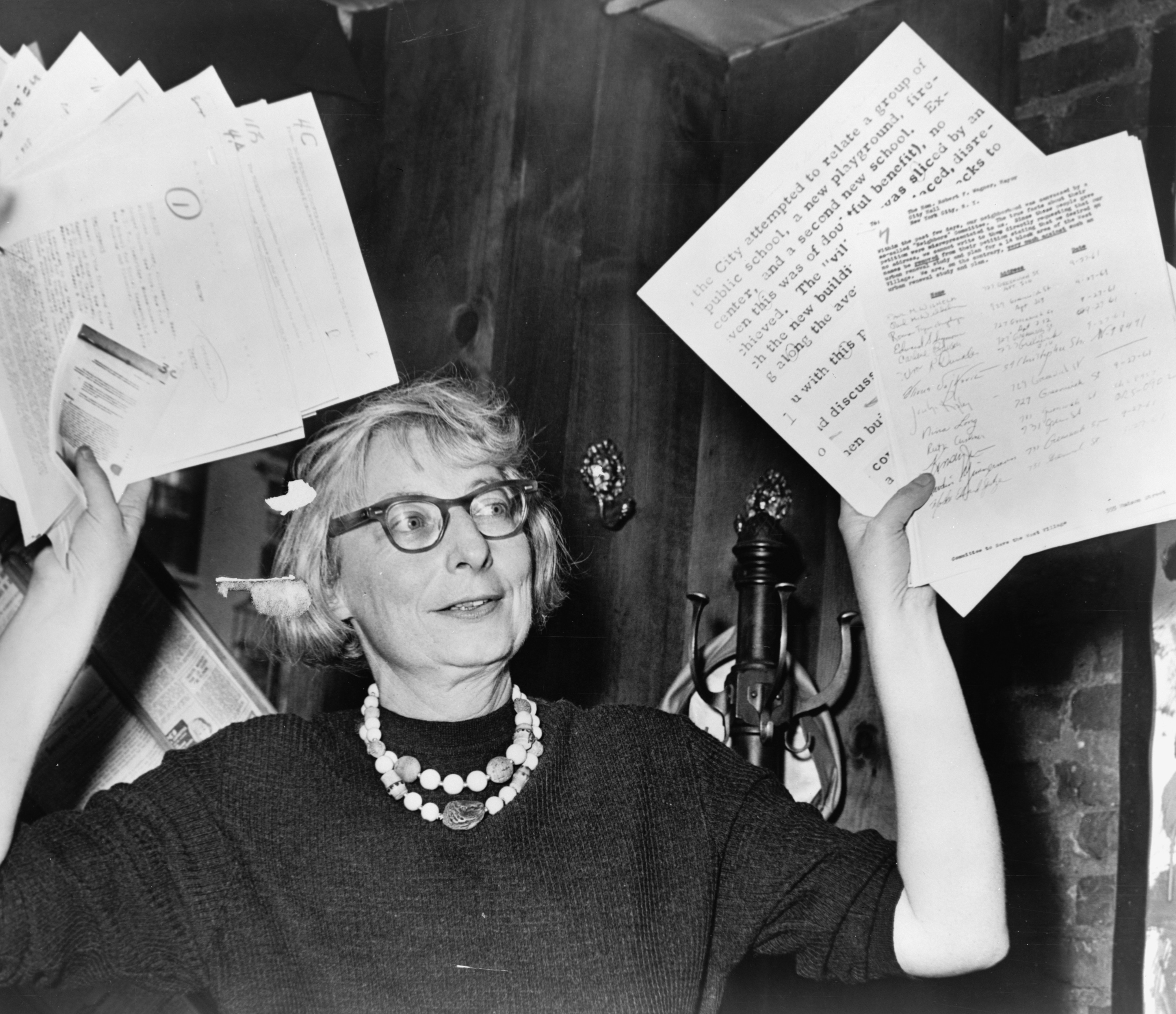THE CREATIVITY IN WRITING CONUNDRUM—SOLITARY ANGST VERSUS HITTING THE TOWN
CREATIVITY VERSUS ‘SQUELCHERS’
 Though I strongly believe that no one creates anything completely alone, I have long thought of writing—certainly my kind of book-writing—as, primarily, a solitary activity (if only because I spend most of each day entirely alone sitting in front of my computer).
Though I strongly believe that no one creates anything completely alone, I have long thought of writing—certainly my kind of book-writing—as, primarily, a solitary activity (if only because I spend most of each day entirely alone sitting in front of my computer).
Of course, I don’t feel alone because my brain is preoccupied with my characters and their various activities—or, on the case of non-fiction—with concepts that so fascinate me, that they seem (almost) to have human qualities. And, I have some exceptional friends.
But here is the point: Would I be a better writer if I circulated more—and generally benefited from contact with a wide variety of creative people?
I was prompted to contemplate such a possible failing in my way of life by reading a marvelous piece by Richard Florida in the New York Times of September 15, 2013. Here is a brief extract.
What fosters creativity? More than anything else: The presence of other creative people. The big myth is that creativity is the province of great individual geniuses. In fact creativity is a social process. Our biggest creative breakthroughs come when people learn from, compete with, and collaborate with other people.
Cities are the true fonts of creativity. With their diverse populations, dense social networks, and public spaces where people can meet spontaneously and serendipitously, they spark and catalyze new ideas. With their infrastructure for finance, organization and trade, they allow those ideas to be swiftly actualized.
As for what staunches creativity, that’s easy, if ironic. It’s the very institutions that we build to manage, exploit and perpetuate the fruits of creativity — our big bureaucracies, and sad to say, too many of our schools. Creativity is disruptive; schools and organizations are regimented, standardized and stultifying.
The education expert Sir Ken Robinson points to a 1968 study reporting on a group of 1,600 children who were tested over time for their ability to think in out-of-the-box ways. When the children were between 3 and 5 years old, 98 percent achieved positive scores. When they were 8 to 10, only 32 percent passed the same test, and only 10 percent at 13 to 15. When 280,000 25-year-olds took the test, just 2 percent passed. By the time we are adults, our creativity has been wrung out of us.
I once asked the great urbanist Jane Jacobs (see photo) what makes some places more creative than others. She said, essentially, that the question was an easy one. All cities, she said, were filled with creative people; that’s our default state as people. But some cities had more than their shares of leaders, people and institutions that blocked out that creativity. She called them “squelchers.”
I have come to the conclusion that Richard Florida is right—in general terms. However, I don’t plan to change my way of life significantly—because I have had the advantage of living a rich and adventurous life—and now just hope I have enough time to write the stories that such experiences have inspired.
But I do wish that I had had the chance to meet the great Jane Jacobs. Anyone who has such a command of the English language as to come up with the word “squelchers” is my kind of person.
No comments:
Post a Comment